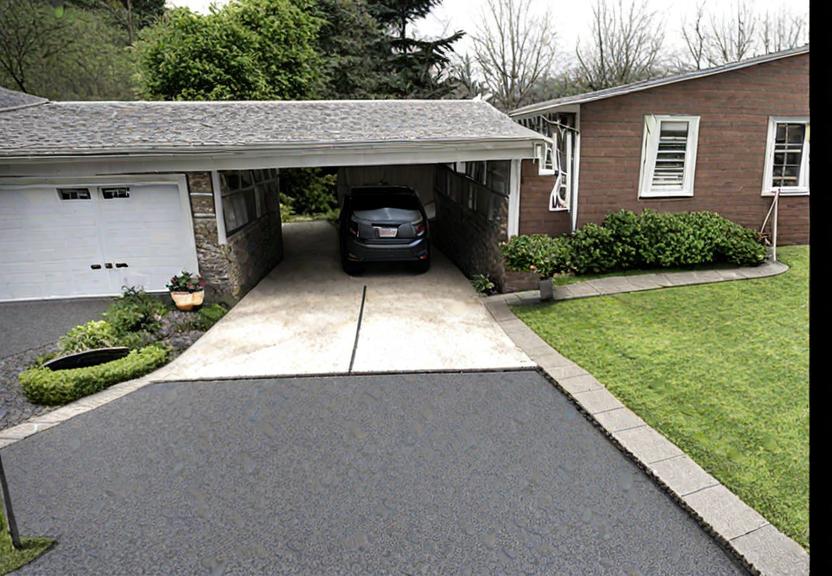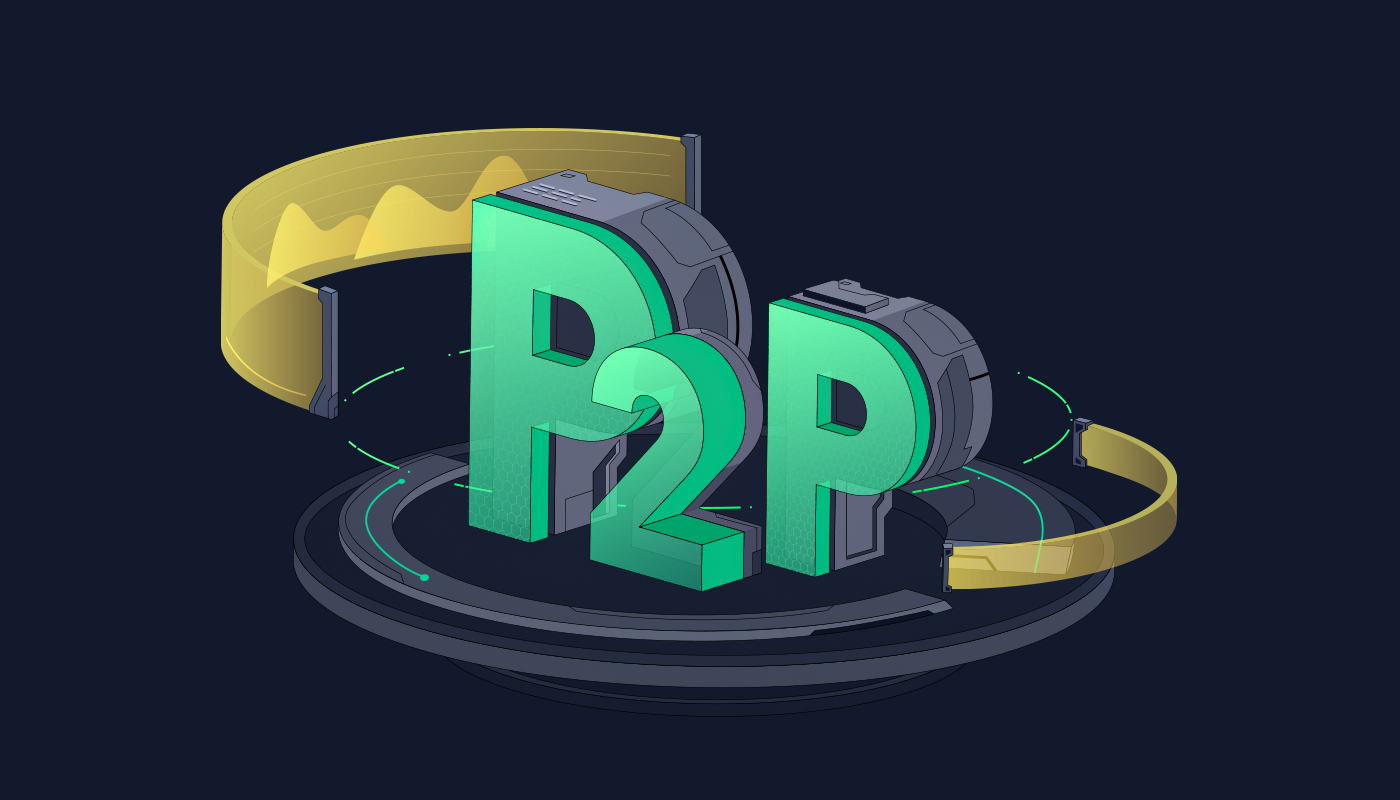Restaurant booths have remained a typical and customary configuration for any restaurant establishment. For everyone from family to casual diners, restaurant booths are a lovely addition to any restaurant that may give comfortable dining and appealing aesthetic appearances. Seating is made pleasant and private by the padded seats and backs. Booths are a fun way to open a brand-new restaurant or renovate an existing one.
LAYOUT OF BOOTHS
Knowing the many components and names of restaurant booths before selecting the best one for your establishment makes sense.
- UPPER END
The metal or wooden top covers the booths in restaurants.
- HEAD MOVING
Contoured cushions are designed with a headrest in mind.
- HEAD REGION
A cushy foam pillow with enough sitting that soothes the back.
- DUST LINE
A strip between the booths, seats, and back is used for cleaning.
- PAD
A seat cushion, cloth, or plastic.
- SUPPORT
The basic framework for the restaurant booths.
- HEEL LIFT
The area on the bottom of the foot is protected.
- DURABLE DEVICE
A durable device is an additional piece of pipe that gives design strength and flair.
DIFFERENT RESTAURANT BOOTH MATERIAL
Depending on the environment you wish to create, you may employ the elements listed below to enhance the ambiance of your restaurant. If your business is a family restaurant, be prepared for spills by using materials that are easy to clean.
- Wooden restaurant booths: Wood has a classic, ageless appearance that gives it a rustic, contemporary vibe. While doing so, take extra care not to spill anything on the restaurant’s wooden booths. Cleanup is easy with solid wood.
- Covered booths: Spring foam is easier to enter and depart the booth than solid foam, which is cheaper.
RESTAURANT BOOTH TYPE
The layout and style of your restaurant’s booths will depend on their dimensions and layout. Here are some of the most popular booth choices offered in restaurants. Pick a simple design or a distinctive arrangement to improve your establishment’s eating space.
- Only a booth can accommodate two people, making it perfect for small cafés and eateries. Single restaurant booths frequently have a particular back height for comfort.
- Twin Booths: When placed back-to-back, twin booths are ideal for congested areas since they open up the room. Double restaurant booths may accommodate four persons, two next to each other and two more at the back.
- Panel Desk Booths: You may modify the seating arrangement in your restaurant thanks to the flexibility of panel desk booths. Couples can pick Panel Desk booths with modest tables or combine numerous tables to make them bigger.
TABLE DIMENSION
The size of the table is the next factor to be considered after learning about the designs and arrangements of restaurant booths. Table size is a crucial problem since it impacts both the size of your dining area and the comfort of your visitors. The mood and clientele you wish to draw to your restaurant will determine the size of the table.
A table for two or four people may appear convenient, but a more extensive group may find it more useful. To add extra seats, you may buy smaller tables and combine them to create magnificent restaurant booths. If you have a lot of storage space, you may acquire and retain several more oversized tables.
THE BOOTHS DESIGN AND TYPE OF BASE
Rectangular and square restaurant booths are standard. They look appealing and ideally compliment the center of large eating spaces. If you want to use the sides and add chairs to your restaurant, you also need to consider restaurant booths. They increase seating capacity and are perfect for nooks and crannies. They offer a sanitary and stain-resistant option for heavy-traffic places like restaurants, hotels, and hospitals.




